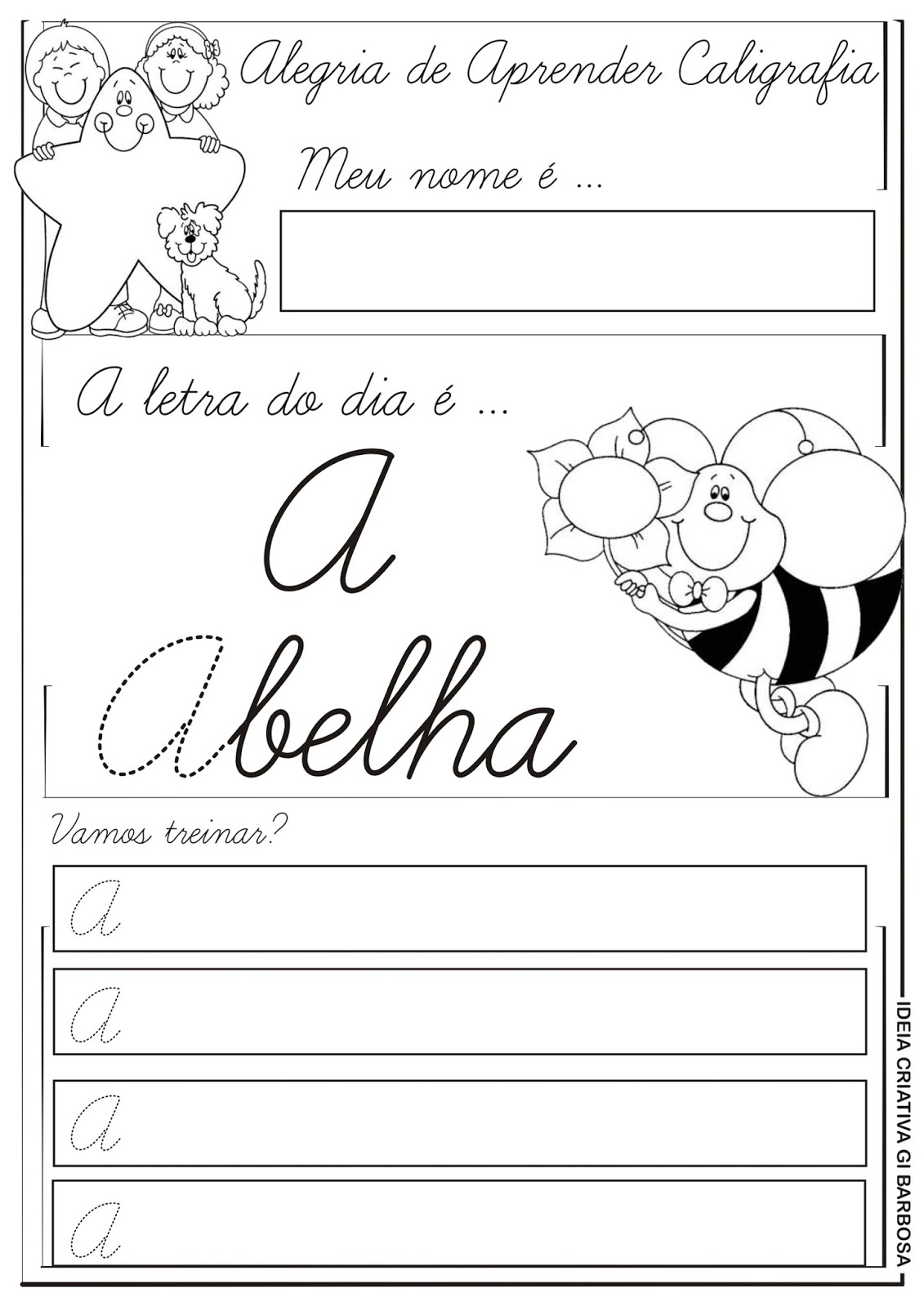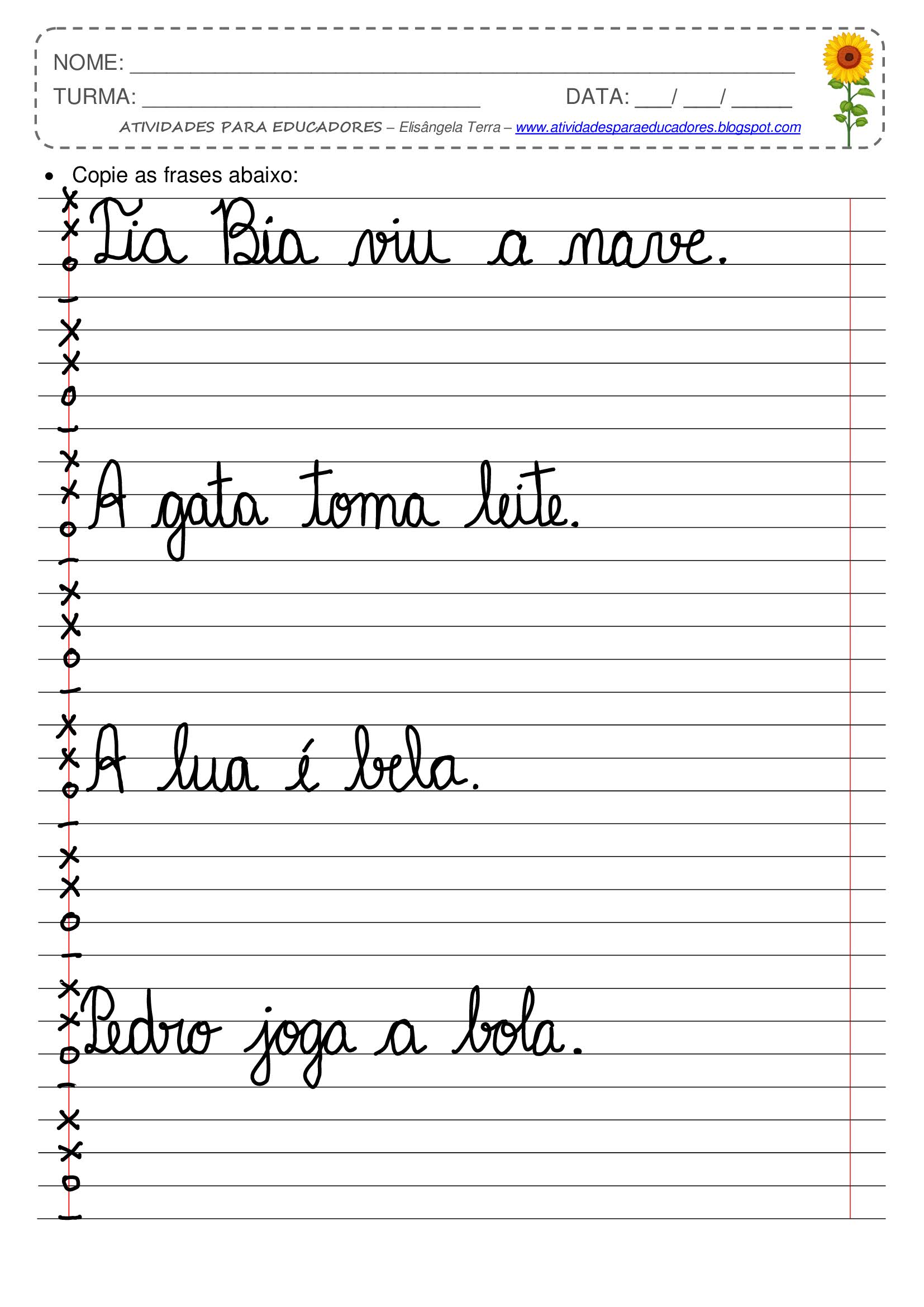The Lost Art of Cursive: Why It Still Matters in the Digital Age
Remember the satisfying glide of a pen across paper, the way your words flowed effortlessly into beautiful loops and swirls? That was cursive, a form of writing that once felt as natural as breathing. In today's digital age, with keyboards replacing pens and screens outnumbering notebooks, cursive writing often feels like a relic of the past. But is it really time to relegate this art form to history books?
Many of us remember diligently practicing cursive in school, carefully forming each letter over and over again. While it might seem like an outdated skill now, replaced by the efficiency of typing, cursive writing holds a certain magic, a tangible connection between our thoughts and the page. It's more than just a way to write; it's an art form, a reflection of our individuality, and a skill with surprising benefits.
The history of cursive script is a fascinating journey through time. Evolving from various forms of handwritten scripts, cursive gained prominence in the Western world during the 18th century. It became the standard for writing letters, documents, and even signing important agreements. This elegant and efficient form of penmanship was highly valued, seen as a sign of education and sophistication.
However, with the advent of the typewriter and later, computers, the need for cursive began to dwindle. Today, typing has become the dominant mode of written communication, leaving many questioning the relevance of cursive in the 21st century. Some schools have even dropped cursive writing from their curriculum, further fueling the debate about its place in our modern world.
Despite the rise of digital communication, there's a growing movement advocating for the importance of preserving cursive writing. Beyond its nostalgic value, cursive offers a range of cognitive, creative, and even historical benefits that are difficult to ignore.
One of the main arguments in favor of cursive is its ability to enhance fine motor skills and brain development, particularly in children. The intricate hand movements involved in cursive writing stimulate brain activity in areas related to language, memory, and critical thinking. Studies have shown that learning cursive can improve letter recognition, reading comprehension, and even boost overall academic performance.
Furthermore, cursive writing fosters a deeper connection with the written word. The act of physically forming letters by hand engages different parts of the brain compared to typing, leading to improved memory retention and information processing. When we write in cursive, we're not just transcribing information; we're actively engaging with it, creating a more meaningful and lasting impression.
And let's not forget the sheer beauty and personal expression that cursive offers. Each person's cursive handwriting is unique, a reflection of their personality and style. It's a form of self-expression, a way to make our writing truly our own. A handwritten note or letter carries a warmth and sincerity that a typed message can't replicate. In a world increasingly dominated by digital communication, cursive allows us to slow down, connect with our thoughts, and add a personal touch to our written words.
While the future of cursive writing might be uncertain, its value in our digital age is undeniable. It's a skill worth preserving, not just for its historical significance but for the cognitive, creative, and personal benefits it offers. So, pick up a pen, embrace the flow, and rediscover the lost art of cursive writing. You might be surprised at what you can create.
Find the best equipment rentals near you reviews and tips
Unveiling the secrets of 906 se everett mall way everett wa 98208
Unleash your imagination exploring the realm of fantasy clothing in art














